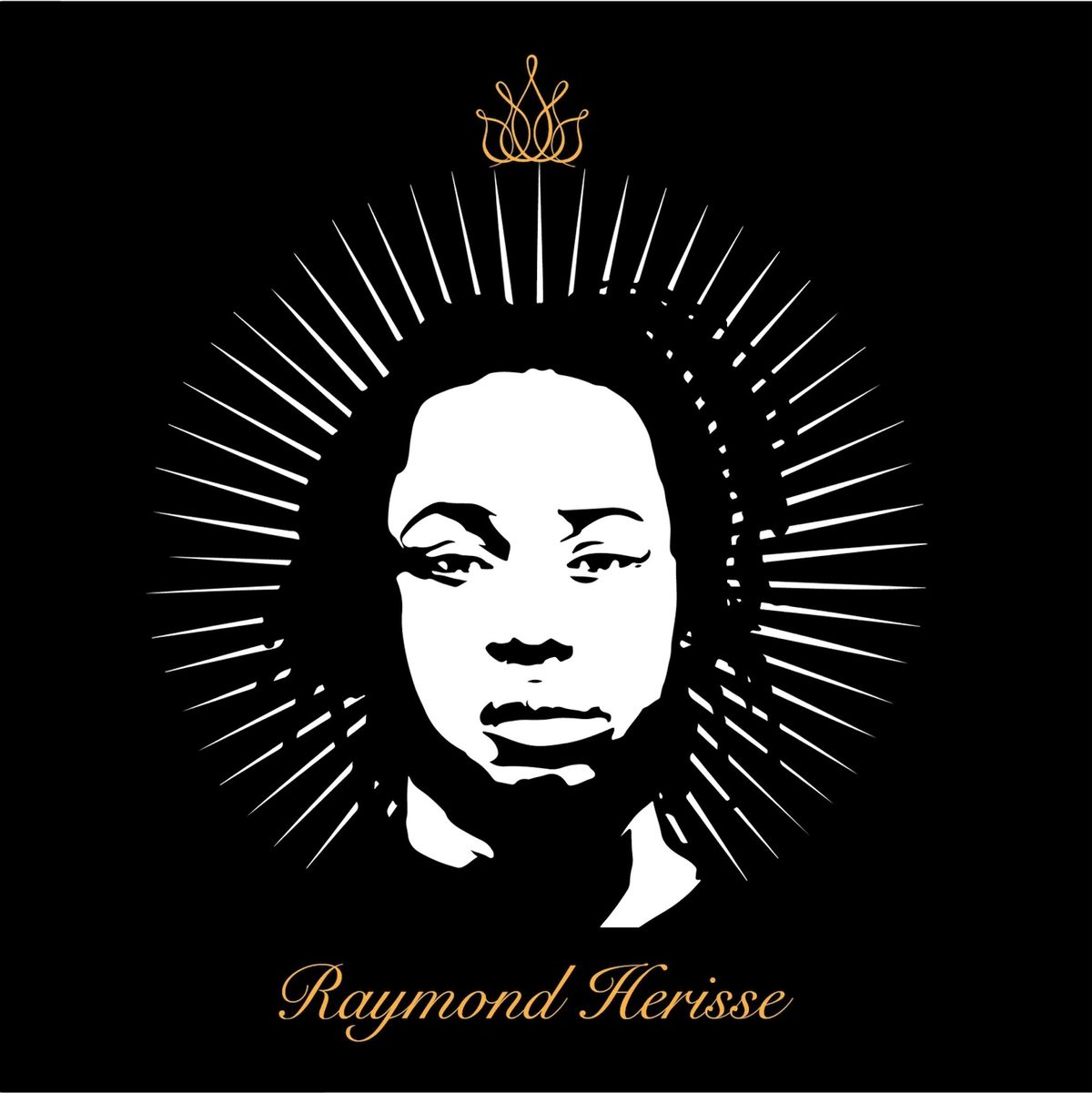A federal judge in Miami has ruled that the city did not enact censorship by removing a portrait of a Black man who was killed by police.
The work in question was a 4ft-by-4ft vinyl picture depicting the Haitian-American Raymond Herisse, a 22-year-old who was shot by police in 2011 (more than 100 bullets were fired), created by the artist Rodney Jackson in 2019. It was exhibited with candles placed underneath it, as part of a series of art installations entitled ReFrame Miami Beach, commissioned by the city of Miami Beach for its Urban Beach Weekend.
Soon after installation the work was taken down by the city and replaced with a sign reading, “This artwork has been removed at the request of the Miami Beach Police.”
A lawsuit was filed in 2020 by the American Civil Liberties Union (ACLU) of Florida, on behalf of the artist and curators behind the work (Jared McGriff, Octavia Yearwood and Naiomy Guerrero). The suit alleged that the removal of the art had violated the group’s First Amendment rights.
In a ruling last week, US district judge Marcia G. Cooke found that the city had the right to not display a work which it felt was “inconsistent with its message” and “divisive”.
The art exhibition, including the work, had been commissioned by the municipal government and the ruling concluded that the situation was one of “government speech”, whereby the official body had rights in “choosing not to speak and speaking through the removal of speech that the government disapproves”.
The original lawsuit also named the Miami Beach major, Dan Gelber, and the former Miami Beach city manager, Jimmy Morales, as defendants but the parties were removed from proceedings at an earlier date.
“This was a hard-fought victory. The plaintiffs were represented by the American Civil Liberties Union of Florida and their attorneys aggressively litigated the case,” said a representative of the city, in a released statement.
Legal representatives for the plaintiffs did not respond to our request for comment but court documents outline the latter’s shared objectives in depicting “the city’s historical relationship with the black community, as well as to permit open and honest conversations about that history”.
That Herisse had been killed while attending a previous edition of Urban Beach Weekend added to the poignancy and perceived impact of the work.


